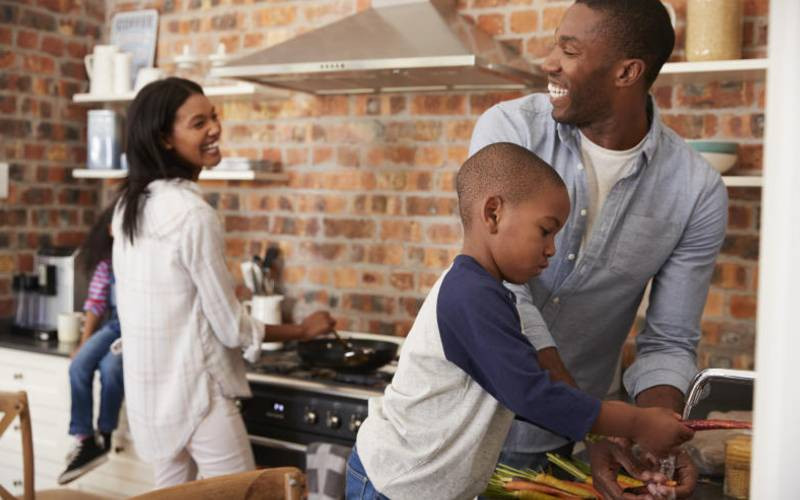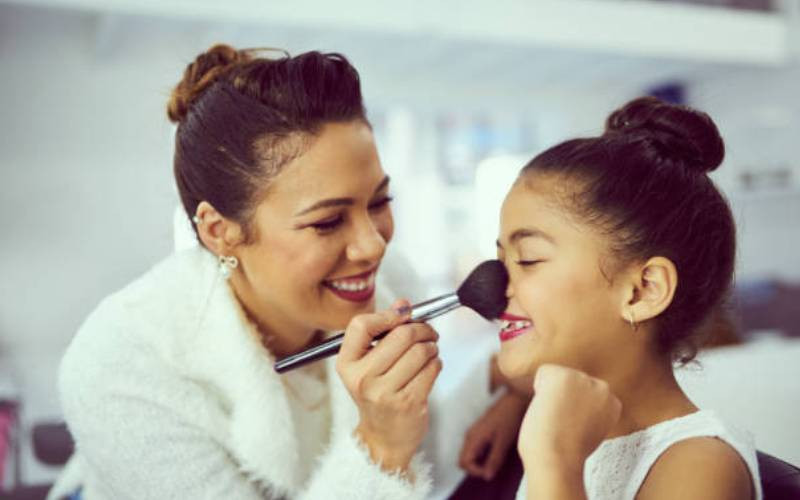
January 2017 is almost here with us. Many parents are will be grappling with the question of which school to enroll their children. It’s a question that often clouds the Christmas festivities. It need not if you plan early.
The only way to choose a school is to visit it, talk to the head and make your own judgement. Talking to parents whose children have already been through the school can be helpful but their priorities may be quite different from yours.
Sometimes the school has a reputation that is completely out of date. The whole atmosphere of the school can change, for better or worse, with the arrival of a new head teacher.
Sifting the grains...
The first step is to obtain a list of schools in your preferred area from the education office and ask for any information published about the schools. Once you have picked out the likely schools, contact the head teacher and ask for an appointment and a chance to look around.
You will begin to get a feel of the atmosphere of the school from the way your inquiry is handled and whether or not you’re made welcome.
New buildings with modern facilities can be very impressive, but what goes on inside the school is far more important; whether it is a bright, busy place with plenty of the children’s paintings, models and written work on display, whether the head and teachers have a friendly and relaxed relationship and whether the teaching methods bring out all the children’s natural enthusiasm.
Remember that you can only get the feel of a school if you visit the school in the daytime, when the children are there to get a feel of the school, otherwise you will only be looking at empty rooms and shelves of books.
Questions to ask
A lot has changed in schools since your school days, so it’s important to draw up a list of questions that will give you an idea of the way the school runs and whether it fits in with what you want for your child.
1. What teaching meth ds does the school apply?
Do the teachers use mainly formal or informal methods or a mixture of both? Very few schools still expect the children to sit behind desks and listen to the teacher but there is still a wide variety of teaching methods in use.
Some are still fairly formal, with all the children in a class engaged in the same type of work at the same time, with the emphasis on the basics of reading, writing and mathematics. Others are informal with the main emphasis on creativity, on the children learning by doing things themselves, and with all sorts of activities from mathematics to painting going on at the same time.
The success of any method depends on the quality of the teachers. Most schools manage a compromise.
2. What records does the school keep of the children’s work?
Most primary schools keep a record of the children’s work to be sure they have covered the necessary ground each term. If the school does not automatically share its records with you, you will at least want to be confident that this school would tell you if your child was having problems and cooperate with you in tackling them.
3. How much contact between school and parents?
Check on the extent of parent’s involvement in the life of the school, how friendly is the relationship between them and the teachers. If there is no parent teacher association, ask why. Every parent will have a different set of priorities for a school and there are many other questions you may want to ask:
What facilities does the school have for games and physical education? What help is given to children who learn more slowly than most?
 The Standard Group Plc is a multi-media organization with investments in media platforms spanning newspaper print
operations, television, radio broadcasting, digital and online services. The Standard Group is recognized as a
leading multi-media house in Kenya with a key influence in matters of national and international interest.
The Standard Group Plc is a multi-media organization with investments in media platforms spanning newspaper print
operations, television, radio broadcasting, digital and online services. The Standard Group is recognized as a
leading multi-media house in Kenya with a key influence in matters of national and international interest.










